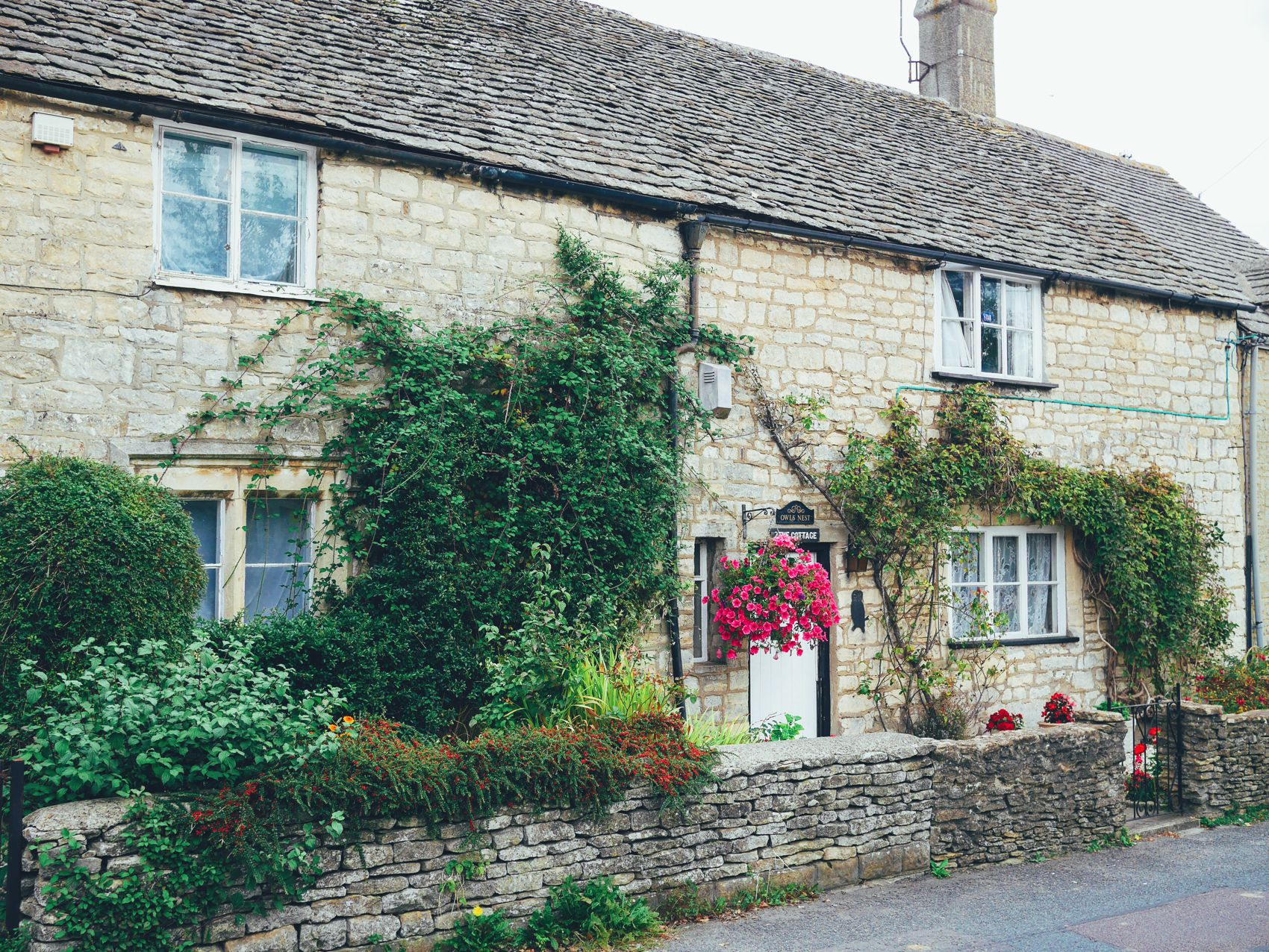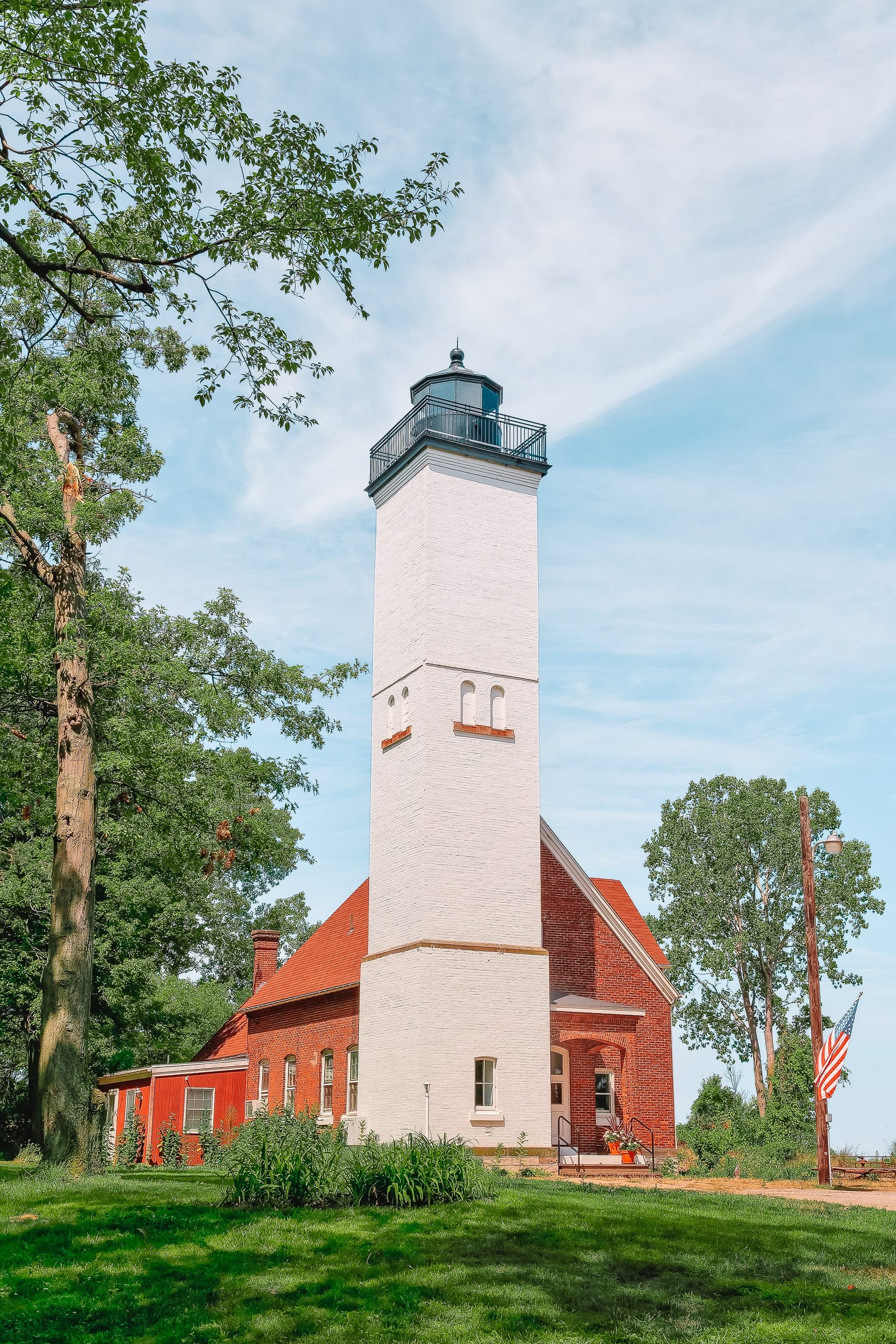Summary
As the largest county in England, North Yorkshire offers a remarkable variety of towns and natural landscapes, ranging from barely explored cave systems to expansive sandy beaches, and from elegant spa towns to secluded upland villages.
Describing North Yorkshire as a destination with something for everyone would be an understatement.
Nonetheless, visitors should make their way to York, a city rich in history and beauty, as well as to the Victorian coastal resorts such as Scarborough and Saltburn, which embody a grandeur and sophistication rarely found in English coastal towns.
Natural enthusiasts can enjoy two expansive national parks, while history aficionados can explore haunting abbeys, vintage steam railways, and Norman castles.
Let’s delve into the top destinations in North Yorkshire:
1. York

- Pin
In terms of heritage, historical significance, and aesthetic appeal, York is virtually unrivaled in England.
The city’s history dates back to the 1st century and during the medieval era, it was regarded as England’s second city after London.
The Georgians held York in such high regard that they ensured it remained untouched by the chimneys of the Industrial Revolution.
This preservation has resulted in an unblemished network of cobbled streets, corbelled timber homes, and elegant 18th-century flat-fronted townhouses.
York Minster stands as one of Northern Europe’s largest gothic cathedrals and a remarkable achievement of medieval artistry.
With the advent of railways, York evolved into a crucial transportation hub connecting London and Edinburgh, allowing visitors to explore this rich history at the esteemed National Railway Museum.
2. Whitby

- Pin
Situated along the coast embraced by the North York Moors, Whitby is nestled around a former whaling harbor located in the River Esk estuary.
The older east bank of the river is characterized by quaint fishing cottages, cobblestone alleys, and historic inns, with listed buildings at frequent intervals.
Overlooking this east bank are the haunting remnants of Whitby Abbey, which reportedly inspired Bram Stoker to choose the town as the arrival point for Dracula.
The town features picturesque beaches, historic churches, remnants of its whaling industry, and a museum dedicated to Captain James Cook, the first Western explorer to reach Australia, New Zealand, and the Hawaiian Islands.
This museum is situated in the former residence of the Walker family, ship-owners who employed Cook while he was in Whitby.
3. Scarborough

- Pin
Positioned on rugged limestone terrain, Scarborough is considered one of England’s premier seaside resorts, attracting tourists since the 1500s.
The Victorians established a tradition of tourism in Scarborough, constructing promenades that connect North and South Bay as well as atop the South Cliff.
The Regency and Victorian architecture in these historic spa areas is richly detailed.
Adjacent to the exquisite sandy beach, visitors will find quintessential English seaside amenities, including fish and chip shops, ice cream vendors, stalls selling shellfish, and the splendid 19th-century spa complex, which now serves as an elegant entertainment venue.
4. Harrogate

- Pin
Located in the heart of rural North Yorkshire, Harrogate’s 88 springs gained popularity in the 17th century, leading to the establishment of an esteemed spa town.
The historic allure remains, highlighted by dignified Georgian residences, hotels, and vintage pump houses along cobblestone pathways and grand boulevards.
The town now symbolizes luxury, as exemplified by Betty’s Cafe Tea Rooms, which is arguably the finest venue for afternoon tea in England and frequented by the Queen during her visits.
5. Ripon

- Pin
As England’s third-smallest city, Ripon is the oldest in the country, established over 1,350 years ago.
The city boasts attractions that are truly breathtaking.
This is particularly true for Studley Royal Park, a UNESCO World Heritage Site.
This 18th-century country garden, designed in the romantic style, complements the atmospheric ruins of Fountains Abbey, built in the 12th century and abandoned in the 1500s.
Ripon Cathedral is another significant landmark, primarily constructed in the early English gothic style.
Visitors should take note of the 35 “misericords,” unique carvings beneath the choir seats, which were commissioned in the early 1490s.
6. Yorkshire Dales

- Pin
Spanning large regions on the northwestern side of the county, the Yorkshire Dales encompass hills and river valleys resting on limestone foundations.
This unique geology creates stunning cave systems, such as Goyden, Stump Cross, Ingleborough, and White Scar, which are accessible for tours.
Others are reserved for skilled cavers and potholers, and those interested will find numerous guides available for subterranean explorations.
For everyone else, the Dales offer trails in one of the most remote areas in England, where you may find solitude among herds of Swaledale sheep and the company of friends and family.
7. North York Moors

- Pin
Outdoor enthusiasts are well-catered for in North Yorkshire, home to the North York Moors National Park.
This expansive 1,430 square kilometer park features enchanting heather moorland and forests extending to the North Sea coast, where it transforms into cliffs and captivating sandy beaches.
The uplands, characterized by hills exceeding 400 meters, present dramatic heather moors, while lower areas descend into deep dales adorned with ancient woodlands.
The North York Moors is home to more mature trees than any other region in Northern England.
With only a few thousand residents, settlements in the North York Moors are limited to hamlets and villages featuring pubs, welcome havens for weary walkers and cyclists.
8. Malham

- Pin
The village of Malham in the Yorkshire Dales is distinguished by its abundant limestone formations.
Adventurers wandering around Malham will encounter numerous minor natural wonders in mere minutes.
Most notably is Malham Cove, a sheer cliff rising 80 meters, sculpted by an ancient glacial river.
Climbers are drawn to its vertical walls, while cave divers navigate the intricate cave network beneath, extending for at least 1.6 kilometers.
Gordale Scar, celebrated by Turner and admired by the poet William Wordsworth, presents a breathtaking ravine.
Additionally, Malham Tarn, England’s highest lake, is a National Trust site known for its unusual alkaline waters and diverse ecology.
9. Helmsley

- Pin
This market town is located at the interface of the North York Moors National Park and serves as the starting point for the lengthy Cleveland Way trail, which winds through the park and along the coast to Filey, over 110 miles away.
If there is one site not to be missed in Helmsley, it is the ruins of Rievaulx Abbey.
These ruins, maintained by English Heritage, are among the most intact of any abandoned abbey in the country.
Once one of England’s wealthiest Cistercian monasteries, it was dissolved by Henry VIII in the 1500s.
However, Helmsley offers far more than this, featuring a castle brewery, a center for birds of prey, and a beautifully designed walled garden dating back to 1759.
10. Knaresborough

- Pin
Visitors travel considerable distances to Knaresborough to admire the stunning views of the town perched on the steep gorge of the eastern bank of the River Nidd.
The picturesque Knaresborough Viaduct seamlessly traverses the gorge, facilitating train access to the town.
Knaresborough’s steep incline enhances its charm, as one navigates the cobbled streets and stairways that ascend from the riverside.
On the opposite bank lies a spring characterized by a high mineral content, causing objects left hanging here to develop a stony exterior over time.
This spring is also the location of Mother Shipton’s cave, believed to be the birthplace of the infamous 15th-century prophetess.
11. Grassington

- Pin
In the Yorkshire Dales, the charming market town of Grassington exudes a village-like ambiance and is an ideal base for those contemplating a hiking expedition within the park.
An information center operated by the park authority is available to guide you on potential wilderness adventures, accompanied by a delightful local museum showcasing traditional costumes and crafts.
The nearby village of Linton features Linton Falls, an artificial weir with cascades of water crashing onto the rocks below.
These waters once powered local textile mills, and a long-defunct hydroelectric plant was restored in 2012, now producing energy for the village more than a century after its initial installation.
12. Saltburn-by-the-Sea

- Pin
Prior to the mid-1800s, Saltburn was modest, comprising only an inn and a few cottages.
This changed with the arrival of railways and the Pease family, industrialists from Darlington.
Legend has it that Henry Pease, a Quaker, had a vision of a city resembling Jerusalem in 1858 and endeavored to realize this vision.
Be sure to notice the “Jewel Streets,” a network of parallel roads offering ocean views, named after precious gems (Amber, Pearl, Diamond) and said to have been inspired by that original vision.
The resort boasted numerous innovations, including the remarkable water-powered “Cliff-Lift” funicular, which continues to transport visitors from the pier to the cliff-top.
The Zetland Hotel, now converted into apartments, was notable for being among the first hotels equipped with its own private train platform.
13. Hawes

- Pin
Similar to many locations in Northern England, Hawes has an Old Norse name, which translates to “mountain pass.” This derives from the Buttertubs Pass, an upland route linking Hawes with the villages of Muker and Thwaite to the north.
The term “Buttertubs” refers to the 20-meter limestone potholes along the route, used by traders to store butter on warm days.
The Hawes market has been operational since the early 1300s, receiving its official charter in 1699. It now takes place on Tuesdays, with Wensleydale cheese being the local specialty, produced at the Wensleydale Creamery in Hawes.
Cheese enthusiasts can observe the production of George Orwell’s second-favorite cheese and sample it directly thereafter.
14. Pickering

- Pin
Located on the southern edge of the North York Moors, Pickering is a favored base for travelers venturing into the park.
While the moors are undoubtedly a significant attraction, the town also offers a weekend’s worth of captivating sights and experiences.
Take, for instance, St. Peter and St. Paul’s Church, featuring an engaging collection of frescoes depicting scenes such as St. George slaying the dragon, created around 1450. Visitors can also explore the impressive ruins of Pickering Castle, which include a 13th-century chapel and substantial outer walls and towers.
Lastly, the Beck Isle Museum celebrates Victorian life, recreating the atmosphere of a market town in the 1800s.
15. Robin Hood’s Bay

- Pin
The breathtaking Robin Hood’s Bay is a coastal village characterized by cliffs, beaches, and a charming maze of alleys and lanes waiting to be explored.
This location also lies along Yorkshire’s Dinosaur Coast, where discovering fossils within the local shale rock is a delightful possibility, and even dinosaur footprints have been documented.
The village is nestled in a cleft of the cliffs, comprising only a few streets lined with red-brick fishing cottages.
The beach extends below, appearing endless at low tide.
Visitors can explore the historic Coastguard Station, a National Trust property offering magnificent coastal views, or stroll to the Georgian St. Stephen’s Church in Fylingdales, known for its untouched 200-year-old Georgian interior.




